KraussMaffei advances the development of new hybrid materials and processes in collaboration with the Dresden University of Technology
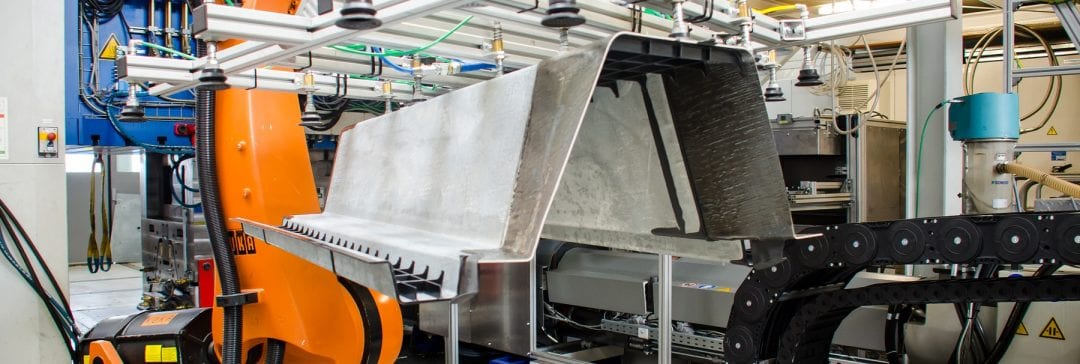

KraussMaffei advances the development of new hybrid materials and processes in collaboration with the Dresden University of Technology
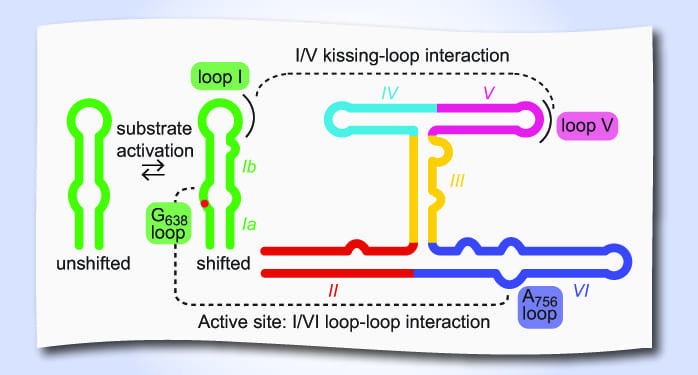
Do not expect RNA to sit still. Although structural investigations typically illustrate a single, more or less static picture of an RNA, most RNAs most undergo conformational changes to exert their cellular function.
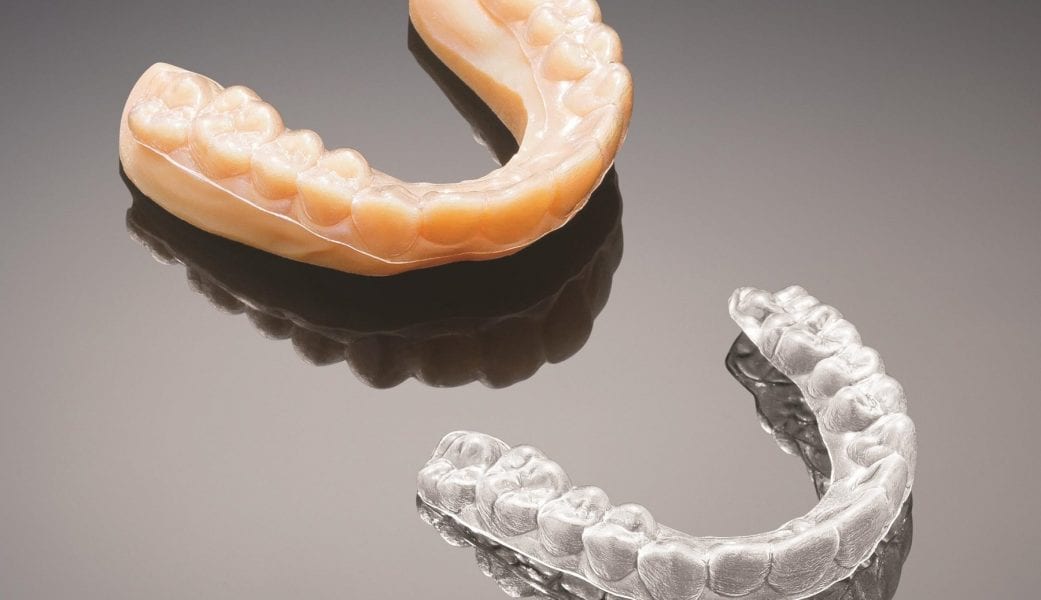
The 3D printing and additive manufacturing solutions company Stratasys unveiled a dental 3D printing solution.
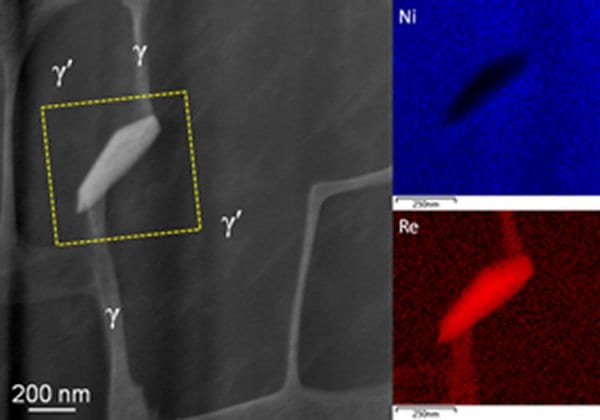
The early stage nucleation and development of the harmful TCP phases in a 3rd generation nickel-base single crystal superalloy is studied.
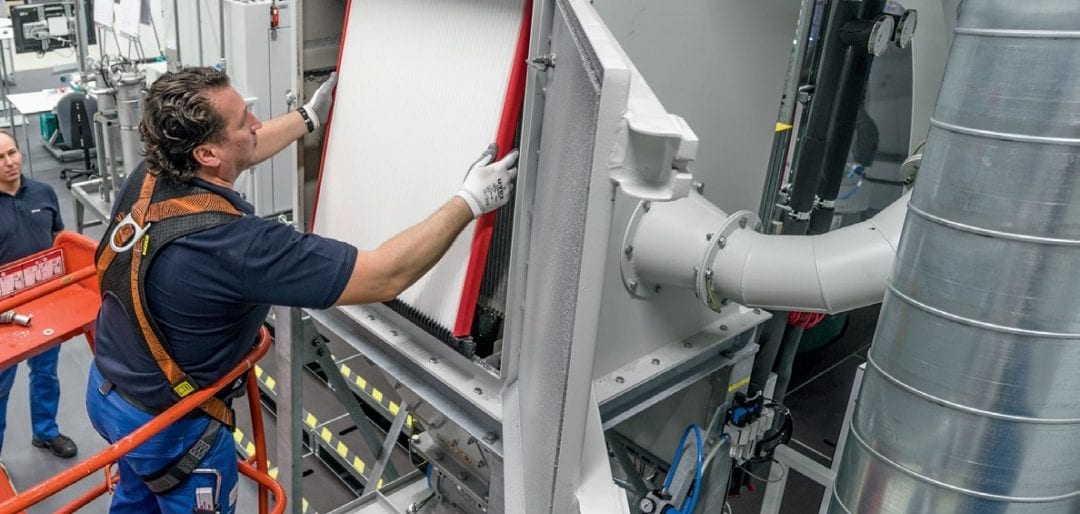
Keller Lufttechnik developed a new generation of filters with the goal of a prolonged filter service life, available in various designs.

Researchers have used hydroprinting – a new and versatile technique – to prepare conductive features on 3D objects.
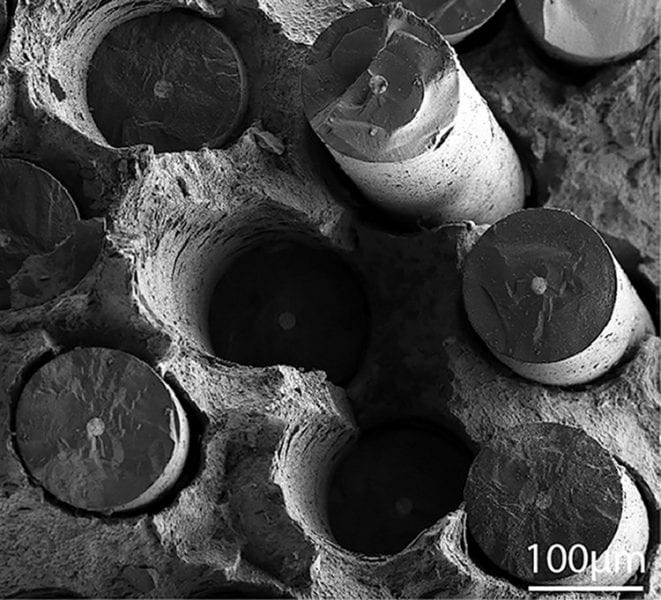
A metal matrix composite which uses a continuous fibre SiC reinforcement coupled with a Ti-5Al-5Mo-5V-3Cr (Ti-5-5-5-3) matrix is presented.
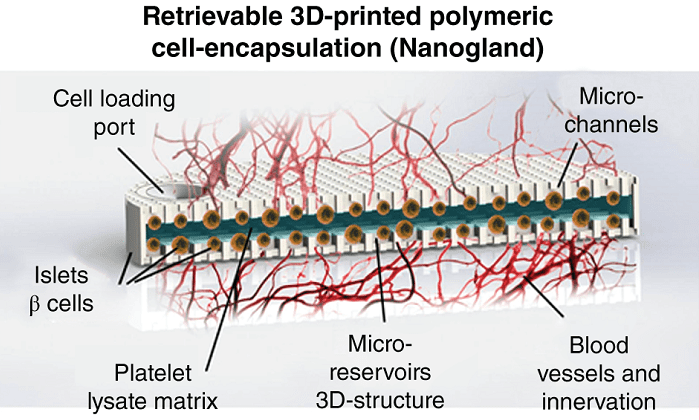
Nanofluidic implantables represent a recent advance in a broad effort for developing personalized, point-of-care medical technologies.
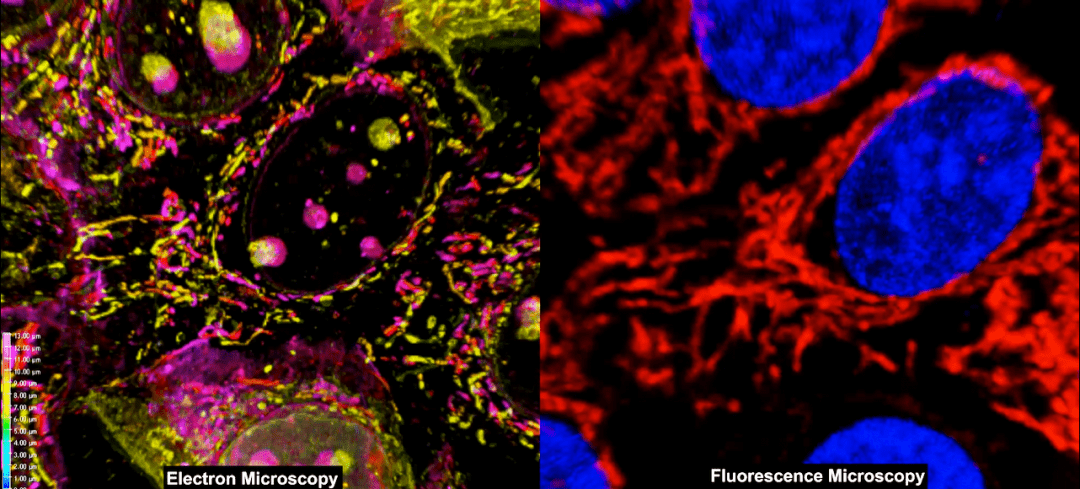
Combining the high-throughput and large scale analysis of fluorescence microscopy with the enhanced resolution capabilities of electron microscopy can allow imaging of cellular interactions and mechanisms without being limited by resolution.

An avalanche photodiode design with a quantum dot multiplication structure attains a high maximum gain factor and a superior gain noise performance.